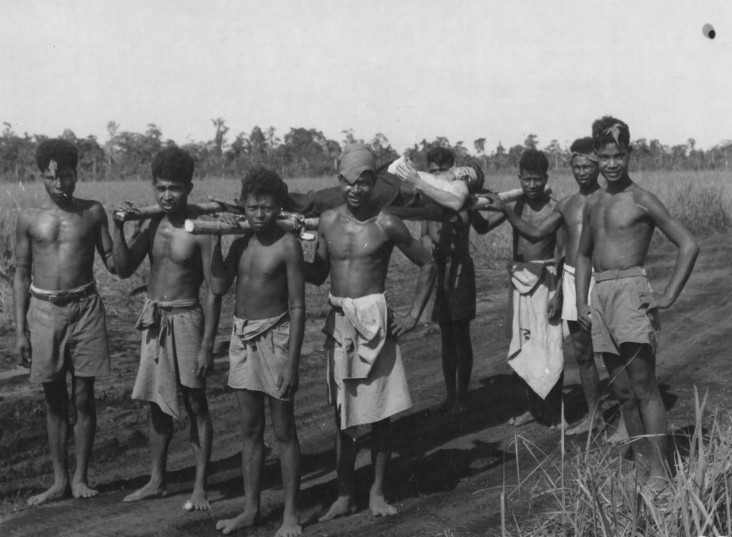
The people of the United States and many Pacific nations began a partnership in 1942. This partnership, at a time of great uncertainty in the early period of World War II, was forged with the hard labor of U.S. marines, sailors, airmen, and soldiers working with the men and women of Pacific Islands to build airstrips and naval facilities on remote places in Fiji, New Caledonia, Tonga, Samoa, the New Hebrides (Vanuatu), and Guadalcanal in the Solomon Islands. The military facilities constructed in the Pacific by the United States, other Allies, and Pacific islanders played a critical role in the Allied victory.
On October 5, 2011, USAID opened our new Pacific Islands office at the U.S. Embassy in Port Moresby, Papua New Guinea. Serving 12 nations in the Pacific, the USAID office allows better coordination with Pacific government officials, donors and non-governmental organizations. USAID in the Pacific supports programs that mitigate the negative impacts of global climate change and environmental degradation; help the government in Papua New Guinea to scale up public and community-based HIV prevention, care and treatment models; develop the capacity of political parties to formulate issue-based platforms, reach out to and develop their constituencies, and improve campaign finance transparency; and support on disaster mitigation, relief and reconstruction in the Republic of Marshall Islands and Federated States of Micronesia.
Most U.S. Government assistance comes from long-term commitments and agreements like the Compacts of Free Association, the South Pacific Tuna Treaty, and support from Peace Corps, U.S. Coast Guard, and U.S. Navy humanitarian missions. We also support key regional institutions such as the Secretariat of the Pacific Regional Environment Program and the Secretariat of the Pacific Community, which benefit all countries in the region and forge greater synergy and unity of effort among various U.S. Government agencies and resources.







Comment
Make a general inquiry or suggest an improvement.